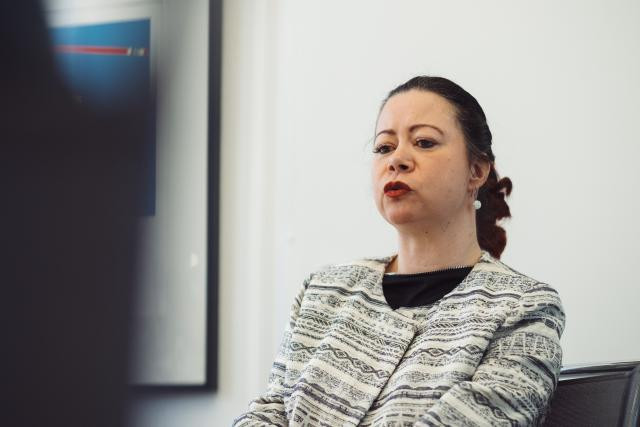During the independent agency’s audit of prison conditions, carried out last year, women made up 34 out of 660 prisoners at Schrassing prison and 6 out of 87 prisoners at Givenich prison.
The gender imbalance “led to several disadvantages throughout their incarceration, notably in matters of housing, work possibilities, therapeutic services, participation in certain activities and access to sport facilities,” the watchdog said in a report issued on 1 March.
This was partly due to physical separation. Women are housed together in one bloc at Schrassig prison, for example, while most facilities are located in areas dedicated to male prisoners.
The women’s small housing bloc “does not leave much space for the separation [of activities] that are necessary to guarantee a good environment in detention,” Claudia Monti, the ombudsman, wrote in the report.
In written comments published along with the ombudman’s report, the justice ministry stated that:
“Certainly sporting activities for all prisoners, female and male, is important. It is currently physically impossible to provide 100% identical sports activities for both male and female prisoners. The subject of sports facilities available at the Luxembourg Prison Centre [in Schrassig] is an integral part of the preparatory work currently underway as part of the reorganisation of the Luxembourg Prison Centre following the opening of Uerschterhaff prison…. It should be noted, however, that while women prisoners currently cannot have access to exactly the same sports equipment as [male] prisoners, they can train on a daily basis, unlike [male] prisoners, who today have access to sports activities that are much more limited.”
The justice ministry also stated that problematic access to workshops, and thus training programmes, would “also be resolved” by the opening of the new Uerschterhaff prison.
Uerschterhaff penitentiary is expected to open in 2022.
